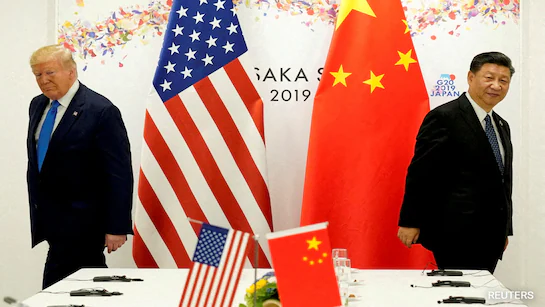Rare earths may not be household names, but they’re central to just about everything modern—smartphones, electric vehicles, wind turbines, and military tech. These 17 elements are small in physical size but massive in strategic value. And China controls the bulk of their supply.
That control gives Beijing a powerful advantage—a trump card—in its ongoing trade tensions with the United States.
What Are Rare Earths?
Rare earth elements (REEs) are a group of 17 metals used in high-tech manufacturing. Despite the name, they’re not particularly rare in the Earth’s crust. What is rare is the ability and willingness to mine and process them at scale. That’s where China comes in.
Over the last few decades, China has quietly built a near-monopoly in the rare earths industry. As of 2024, it accounts for about 60% of global production and nearly 90% of the refining process. This dominance didn’t happen overnight—it’s the result of long-term planning, state support, and aggressive pricing that undercut competitors.
Why Rare Earths Matter in the US-China Trade War
Trade disputes between China and the US have escalated over the past several years. Tariffs, tech bans, and retaliatory measures have created an unstable landscape. But rare earths are one area where China has a unique kind of leverage.
The US heavily relies on rare earths for both consumer and defense-related technologies. From fighter jets to electric cars, American industries would feel the pinch if China restricted exports.
Beijing has hinted at this possibility in the past—and while it hasn’t pulled the trigger fully, the threat alone has been enough to rattle markets and policymakers.
The US Response: Playing Catch-Up
Washington isn’t blind to the risks. Efforts are underway to rebuild domestic rare earth supply chains. The US has ramped up funding for mining projects in places like California and entered partnerships with allies like Australia and Canada.
But rebuilding capacity takes time. Processing rare earths is complex, environmentally risky, and expensive. For now, China remains the global hub.
What’s Next?
As geopolitical tensions persist, rare earths will likely stay at the center of US-China dynamics. Whether as a bargaining chip or a pressure tactic, China’s grip on this resource gives it an edge that’s hard to ignore.
In short, rare earths are more than a supply chain issue—they’re a strategic advantage. And in a trade war where leverage is everything, China’s position is a strong one.



